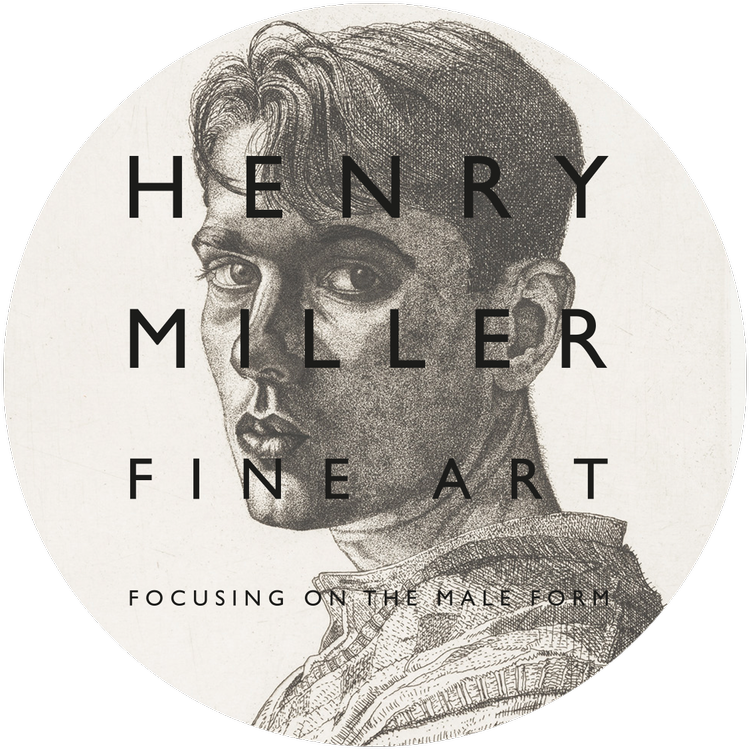(N.B. If you are reading this in your email feed, the piece reads better on the website. Just click the title and it will take you to the blog.)
Peter de Francia was a British artist, born in France in 1921. He grew up in Paris, studied first at the Brussels Academy, and then, after fleeing the German invasion and joining the British army during the war, at the Slade School of Art in London. For a brief but formative period he lived in post-war Italy, before returning to London in the late 1940s.
Renowned in Britain and Europe as an artist of great integrity, de Francia established his reputation in the 1950s with his distinctly powerful paintings and drawings, often influenced by social realism and as relevant today as they were half a century ago.
The Bombing of Sakiet, 1959, oil on canvas, Tate Gallery, London (on long term long from Tunisian Embassy).
Like many of his post-war contemporaries, de Francia used his art as a means of social commentary, although he did suggest that he only ever made two actual political paintings: The Bombing of Saskiet (in the Tate Modern collection) and African Prison (in Sheffield Museums collection), both from 1959.
African Prison, 1959, oil on canvas, Sheffield Museums Collection.
African Prison exposes the horror of man's treatment of his fellow man. The highly finished study for the painting in our collection, a pen and ink wash drawing, is exceptionally powerful whilst retaining a level of sensitivity found throughout de Francia’s work. The figures despite clearly living in desperate conditions, are bound together in their humanity and common cause. De Francia himself once reflected that he could convey more emotions in his drawings than his paintings.
Study for African Prison, 1959, pen and ink and wash on paper, 45cm x 63cm, (61cm x 83cm framed), Henry Miller Fine Art, £2,000
While some of de Francia’s subject matter has aligned him with the so-called 'Kitchen Sink' artists of 50s and 60s Britain, his work also explored other less gritty topics. In Picnic in the Quarry at Lacoste (in our collection), a group of workers in Provence take a break from their labours. De Francia beautifully captures their camaraderie and simple pleasures whilst sheltering from the sun, in this highly atmospheric picture. In 1957, he had bought a house in the village of Lacoste in Provence and used to spend his long summer vacations there, painting. (We would like to thank de Francia’s widow, Alix MacSweeney, for her assistance in cataloguing this picture.)
Picnic in the Quarry at Lacoste, 1958, oil on board, signed and dated (lower right), 44cm x 97cm (64cm x 120cm framed), Henry Miller Fine Art, £9,500
From 1972-1986, de Francia was a Professor of Painting at London’s Royal College of Art. During this time he commanded such loyalty and respect, that when in 1980 the newly appointed rector, Dickie Guyatt, tried to remove him from his post, the painting school rose up and passed a motion of no confidence in Guyatt and the administration, thereby remaining in position.
Man Carrying Child, 1962, charcoal on paper, Tate Collection.
In rightful recognition of his exceptional draftting abilities, in 2004, the Tate Collection acquired several of de Francia’s works from the 1950’s and 60’s. Dockers, (in our collection) features a group of men resting and smoking, and is a wonderful example of de Francia’s work in this period. As in the Tate drawings (see Man Carrying a Child), de Francia’s confident and expressive drafting realistically captures the lives of the Dockers, with empathy and sensitivity. It is also impossible to look at these works, or indeed any of his work, without feeling the respect and warmth that de Francia clearly had for the subjects in his pictures.
Dockers, 1960, charcoal on paper, signed and dated (lower left), 46cm x 58cm (54cm x 76cm framed), Henry Miller Fine Art, £2,000
De Francia, throughout his career, both as an artist and teacher, had a distinctly personal vision. “His work remained combative and brilliant. He was an agile draughtsman and beautiful colourist, but the clincher is the poignancy of his imagery even as it comments excoriatingly on human frailty…” (Michael McNay, The Guardian, 23 January 2012).
Henry will be preparing a catalogue of new works shortly, which will be available to view online on the website. Throughout the summer, his home gallery space is open by appointment, where the three works by de Francia will be on view. Please do not hesitate to contact Henry should you require any further information about these works, or others in the collection.
